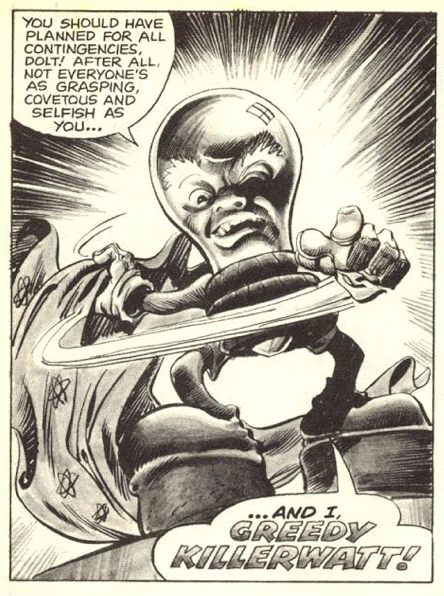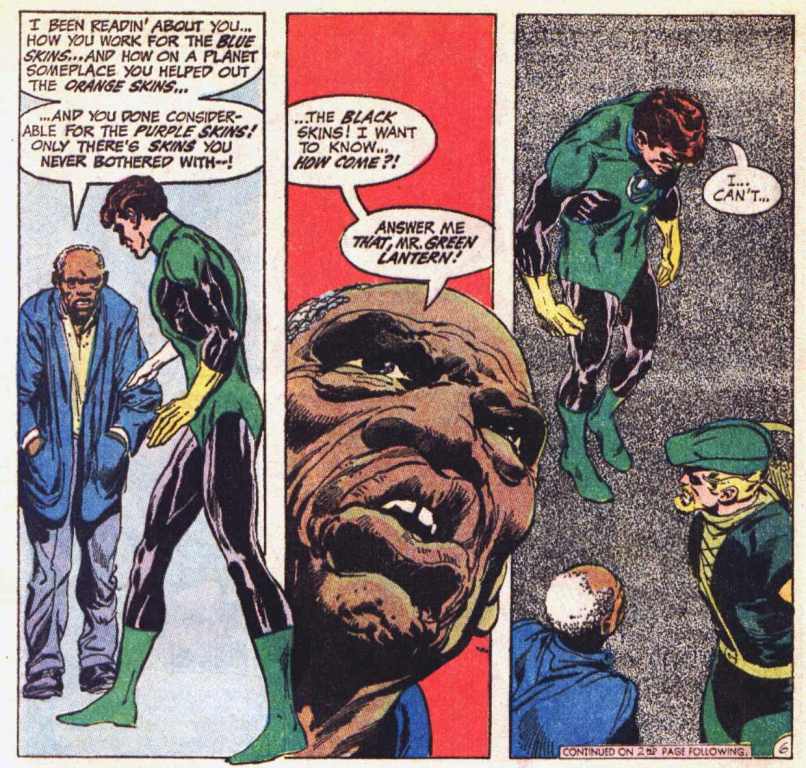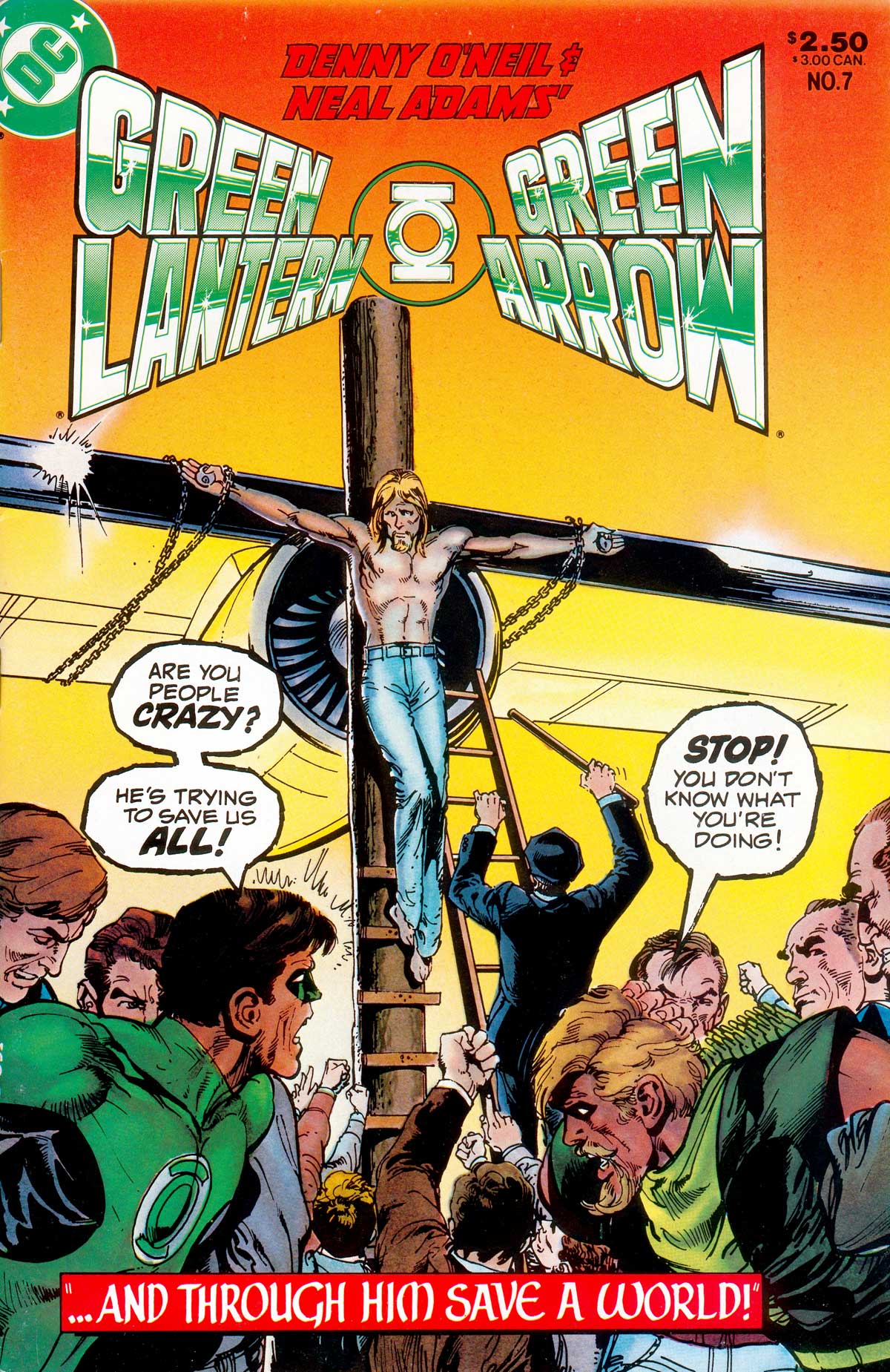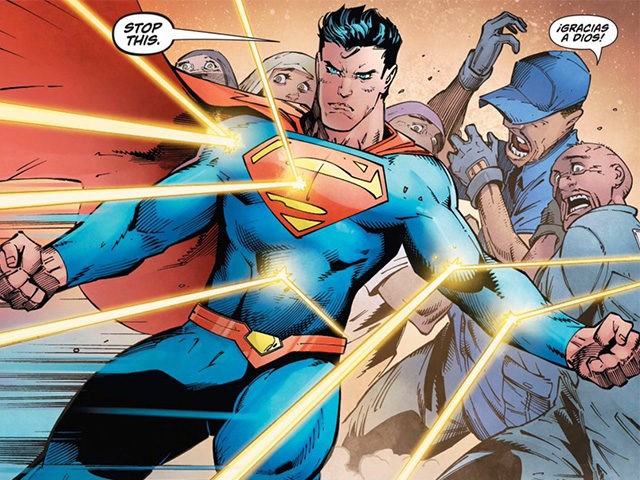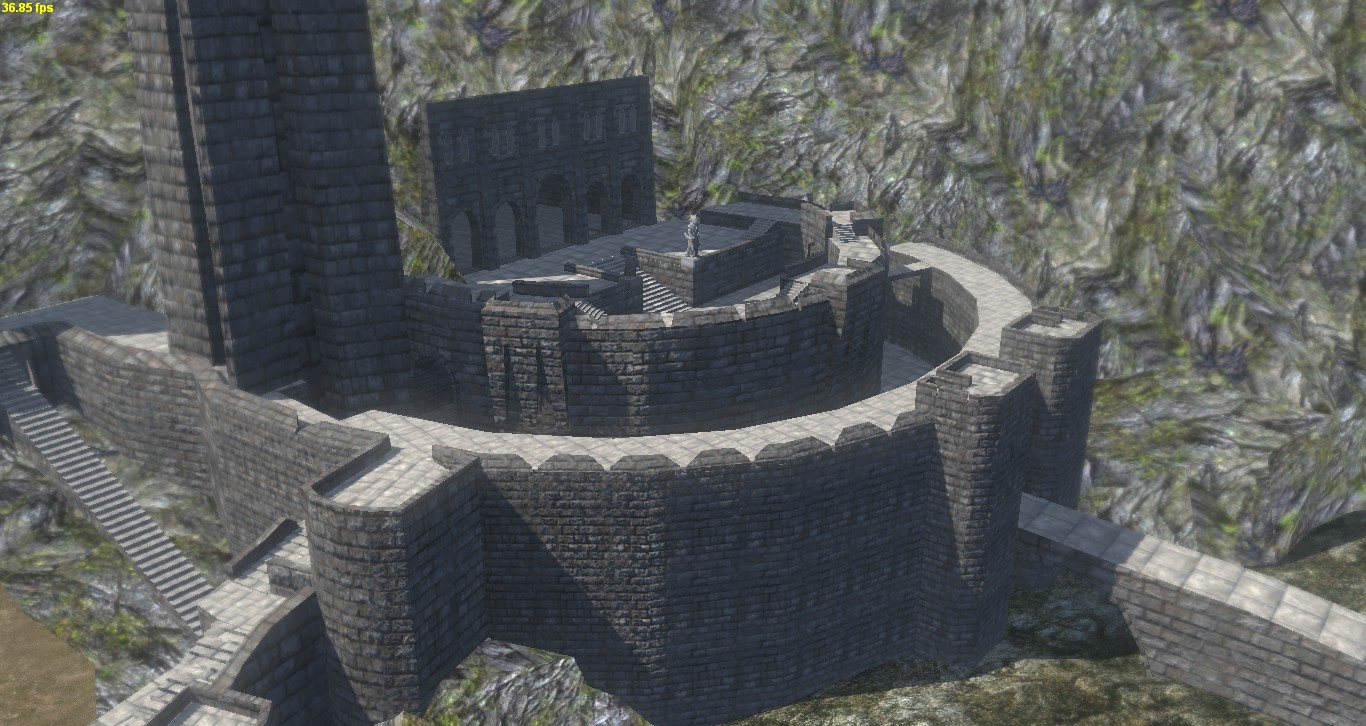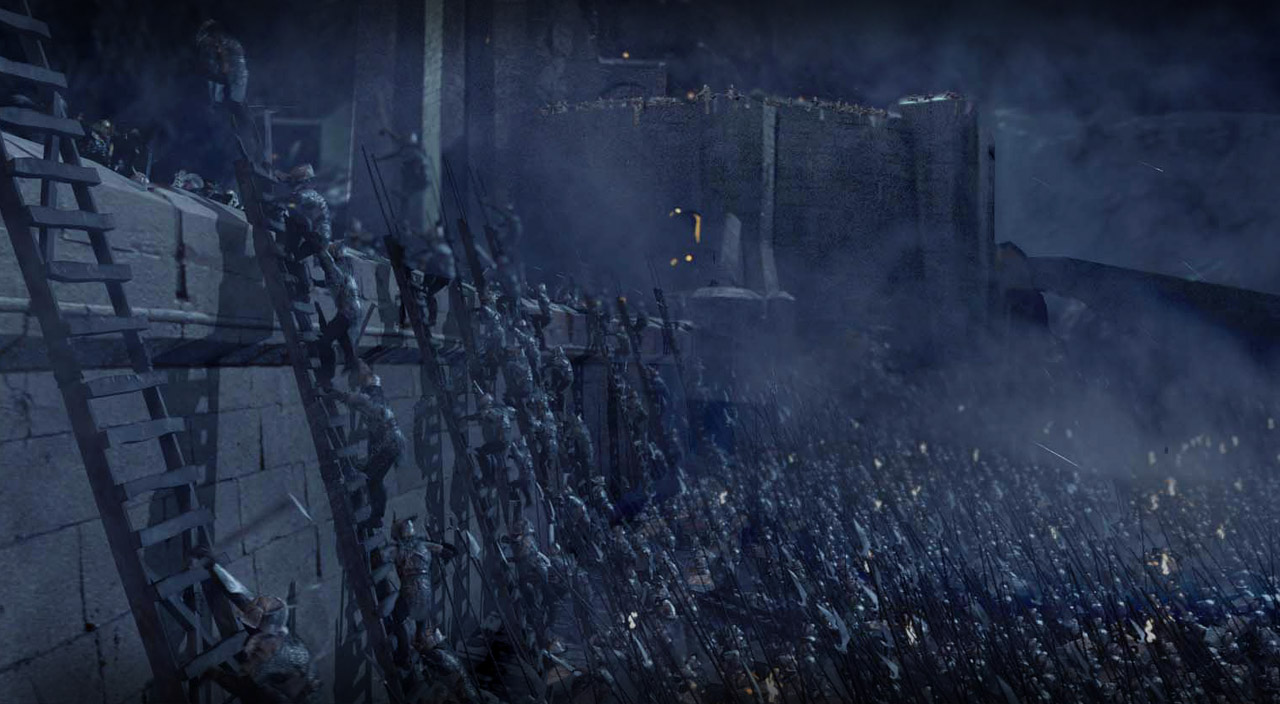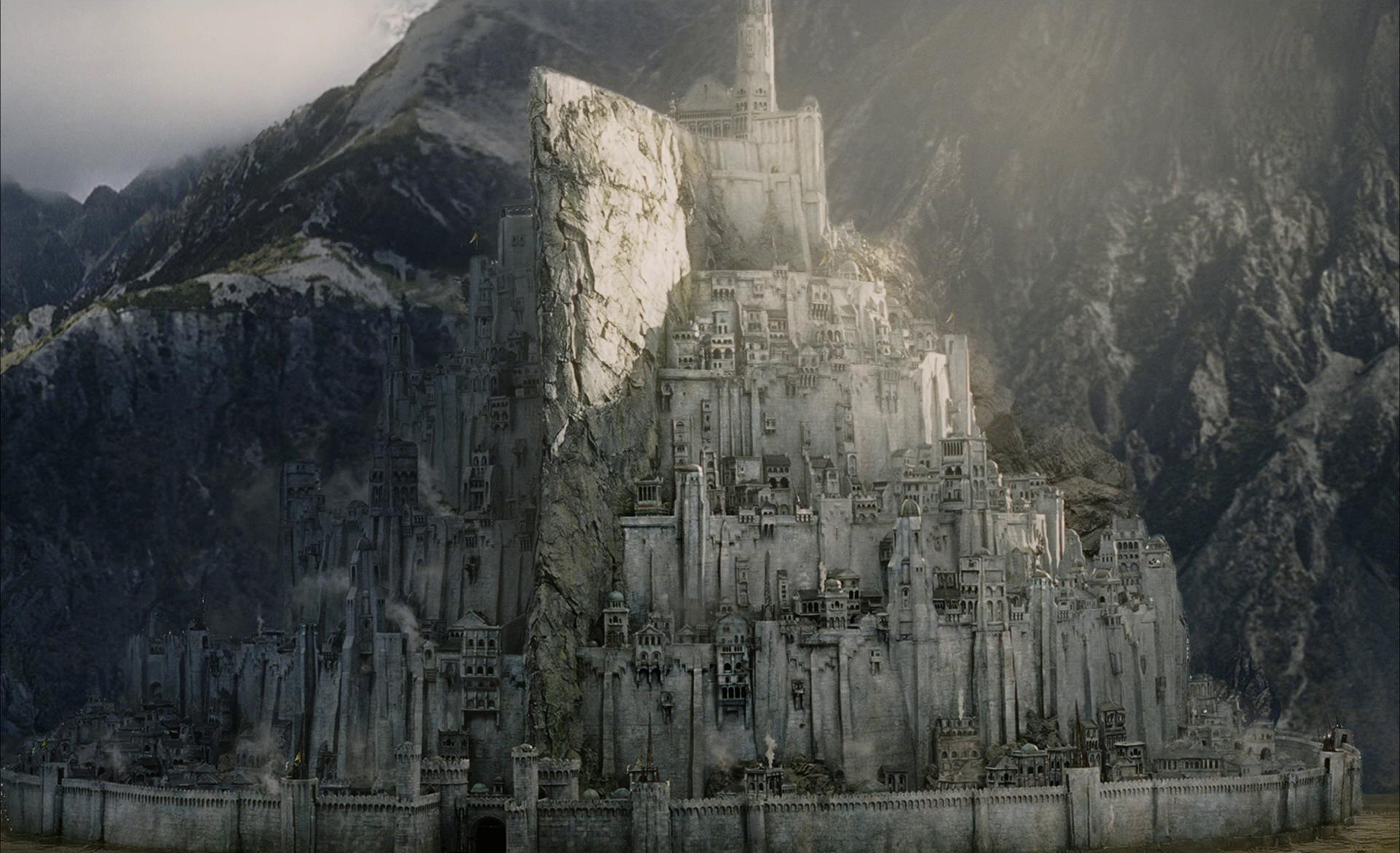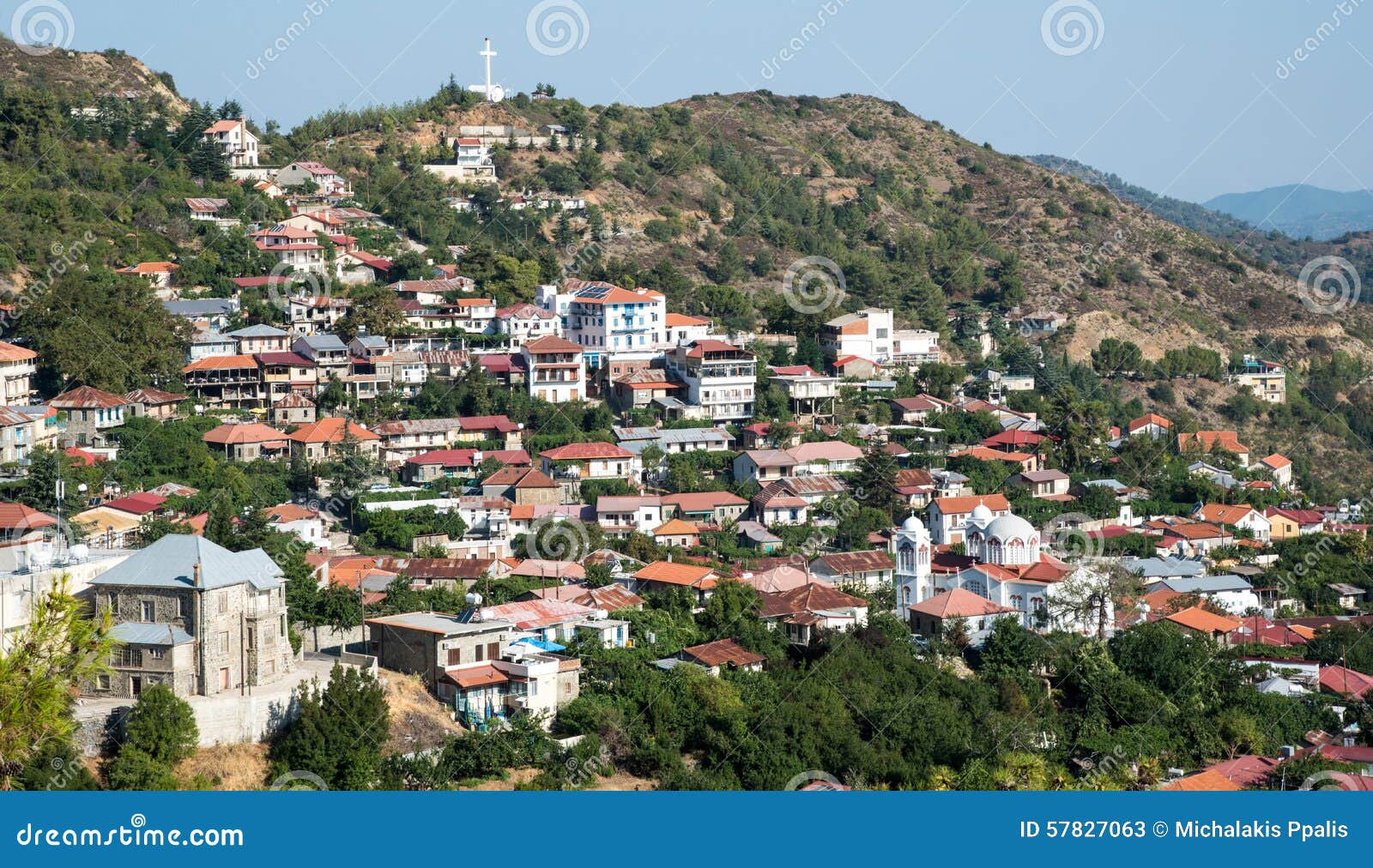There have been 13 modern Doctor Who Christmas specials. The most recent one marked the end of Steven Moffat's time with the Doctor and Peter Capaldi's final episode. So how do they rank:
1) The Christmas Invasion. B-
This was David Tennant's introduction. It had a few problems. There were plot holes such as how the various creatures knew to attack Rose's family. The biggest problems were that Tennant spent most of the episode regenerating. He only really appeared in the last 15-20 minutes. Worse, he saved the day by dueling with an alien with swords. I'm pretty sure that's the only time the Doctor has won by fighting his way out. He also killed the alien leader (using an orange to trigger a trap door). That was pretty cold, too.
On the plus side, Tennant put everything into his intro, When you see this and late episodes like The Waters of Mars you see how he got too used to the role and was essentially on autopilot.
2) The Runaway Bride. A-
This was a much better plot. It also introduced Donna who would become the Doctor's companion a season later.
3) Voyage of the Damned.. A-
This was a good old-fashioned Doctor Who plot. We meet a bunch of people then a malignant force starts killing them with only a few (or only one in this case) still alive at the end.
4) The Next Doctor. A+
This was Tennant's best Christmas episode. It took place in Victorian England with Cybermen running around, making a giant steampunk version of themselves. It also teased the fact that Tennant was going to be replaced. From the name, people expected to meet the next doctor but it was a fake-out.
5) The end of Time. B+
Points off for stuffing too much into this one. First the Master was resurected and hatched a master plan to turn everyone on earth into a copy of himself. Then the Timeslords had a plan to return from where ever they were trapped (that keeps changing). And after all of that was sorted out, the Doctor had to sacrifice himself for Donna's aging grandfather who walked into the wrong room at the wrong time. That was followed by a half hour of the Doctor visiting everyone important from Tennant's time. On top of that, there was a dropped sub-plot about President Obama giving a speech on saving the world's economy. Why was that there? And why would Obama give a speech on Christmas instead of lazing in the Hawaiian sun? Who knows?
The episode itself was fine but it could easily have been a half hour shorter and no one would have noticed.
6) A Christmas Carol. A++
This was Matt Smith's first Christmas special. It was also the first one under Moffatt instead of Russell T Davies. This one was hands-down the best, slightly edging out The Next Doctor. It had flying fish, a flying shark-drawn carriage, a hint of what Amy and Rory's honeymoon was like, Dumbledor (Micheal Gambon) and a sort-of cameo by Marilyn Monroe. All with in a steampunk world.
7) The Doctor, The Widow, and the Wardrobe. A
Moffatt tried hard to top the previous Christmas special by doing a version of the Lion, the Witch and the Wardrobe. It wasn't as good but it still worked.
8) The Snowmen. B
This was Clara's second sort-of introduction (and her second death) before she became the Doctor's companion. This took place after Amy and Rory left and the Doctor was depressed. Even taking place in Victorian London didn't brighten things up. It also introduced The Great Intelligence who promptly vanished until The Name of the Doctor. This wasn't a terrible episode but it wasn't a great one either.
9) The Time of the Doctor. B-
This one makes The Snowmen look light and happy. After a promising start, the Doctor ends up on the planet that he is to die on where he spends hundreds of years fighting off aliens until he dies of old age. Clara convinces the Time Lords to regenerate the Doctor and he uses the regenerative energy to destroy all of the aliens. This episode attempts to wraps up all the unresolved plot threads from previous seasons. It isn't very successful at that. (The Silence really planned on destroying the universe in order to keep the Time Lords from returning?) It did have a brief return of Amy which was handled better than Tennant's long drawn-out finale.
10) Last Christmas. C-
This seemed like it was going to be a fun episode. Santa and the Doctor are trying to save a group of scientists in a research station at the North Pole. But it turns out that it's all an illusion caused by aliens eating at their minds. I didn't like it. Capaldi's first season was marred by episodes that were so dumb they made your brain hurt (the Moon is an egg and when it hatches the new-born creature immediately lays an identical Moon) and this was one of them.
11) The Husbands of River Song. A
What a turn-around. This is what Capaldi's Doctor should have been like. From start to almost-finish it was a lot of fun. It also wraps up River's story with the Doctor sending her off to die in the Library after scanning her so that she can be downloaded and saved.
12) The Return of Doctor Mysterio. A-
The Doctor accidentally gives a boy super powers. Fortunately the boy was a big fan of Superman (the Chris Reeves version) so he uses his powers for good. I gave this one a minus for being too light and fluffy but it's dun to watch.
13) Twice Upon a Time. B-
What if they had a Christmas special where nothing happened? That's this one. It has the 1st and the 12th Doctors together, each fighting a regeneration. I'm not quite sure why they are together. There's also a British officer from WWI who was about to die. There are some aliens but it turns out that they aren't doing anything wrong so there's nothing for the Doctors to do. Eventually everyone accepts their death. The officer is saved by the Christmas truce of 1914. The Doctors regenerate. This was really just filler. They'd already killed off Doctor and they weren't ready to do a full episode with the 13th Doctor so nothing really happened. At least the interplay between the Doctors was fun.
